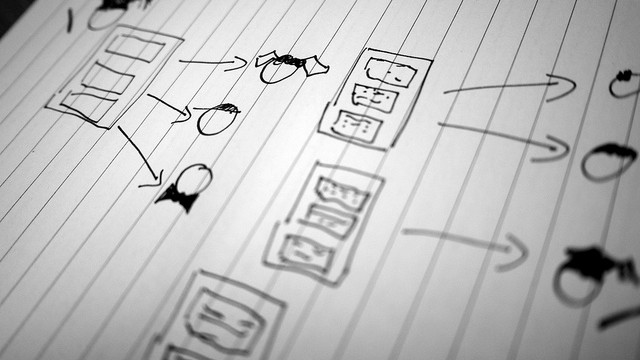This leads to a broader and more provocative question. Should we ever stymie collaboration among our students? We live in a collaborative world. It is rare in a job, let alone life, that individuals work in complete isolation – with lack of assistance or contributions from anyone else. Perhaps as educators, it’s time to reassess how we want students to work.
Instead of fighting a losing battle (as my grandmother would put it – “You can’t nail jello to a wall!”) by trying to ban any type of interaction with students online, what if we incorporated collaboration into our lessons and our assessments?
Transforming “Cheating” Into Collaboration?
While students should not be copying and pasting somebody else’s content, at the same time it’s engaging and fruitful for them to be able to discuss assignments and enlist assistance from their peers across the board. For example, students who are working on a research essay on topics that they've chosen, can share their work with their peers, looking for feedback, input, or guidance. This is not cheating, rather it is collaboration. It should be open and above board – transparent – but this is exactly how they should grow as learners.
Using tools like Google Drive, students can more easily collaborate across distances and with conflicting schedules. Better yet, teacher can see their collaborative efforts using the “revision history” function of Google Drive (Go to File → See Revision History), and can track not only quality, but quantity. (See the post on Google Docs and research.)
We have all heard students complain that a member of the group has “contributed nothing.” Now, there's a method to verify. While student A may have contributed fewer comments or changes, those contributions may have been especially meaningful and balanced. Likewise, if student B has never logged into the system, the teacher knows this well before the project is complete and can follow up and discuss with that student the necessities of participation.
But What About the Test?
Outside of project work or written papers, we still have the formal quiz and test assessment. Many of us are required to do testing in our classes (in the form of mid-terms or finals). This does not mean that the anti-collaboration walls must go up.
Now, we ask students not to discuss test questions or we guard them in the fear that those questions will leak out via cellphone snapshots — or that a student might Google the answer. Perhaps it’s time to reassess how we write our exams. If you can Google the answer, how good is the question?
Do we want students to simply memorize and regurgitate information? Is this the type of learning that we value in the 21st century? Or do we want them to think, assess, reason, and verbalize (vocally or in written form) their processes and ideas? I would argue that the latter is better not only in assessment but in overall skills.
A student may produce an entirely wrong answer, but if how they got there was through logic, reasonable assumption, educated guessing (not just plain old “guessing”) – and they were effective in communicating that process – then there is evidence of learning that I can take into account. I’m not left to figure out what they DID know from a T/F or multi-choice “wrong” answer.
Perhaps instead of focusing our concerns on technology as a wonderful aid to plagiarizers, we should focus on its ability to foster creativity and collaboration, and then ask ourselves (we are the clever adults here) how we can incorporate those elements into our formalized assessments.
Unfortunately, yes, there will always be those students who want to cut corners, find the easy way, and cheat to get out of having to do the hard work. (See my post on combating plagiarism.) But a significant majority of students are inherently inquisitive: they want to learn and do better by engaging and thinking, not memorizing and fact checking. It’s up to us to appeal to that inquisitiveness.
The reality is that rote memorization is largely becoming obsolete and not a reflection of the needs we have in our citizens or our workforce. Instead, we need to get busy fostering creative and developmental skills that will allow them to achieve through their skills as collaborators and creative makers and shapers of information and ideas.
This is the power of the new technologies that are populating the digital frontier of education.


